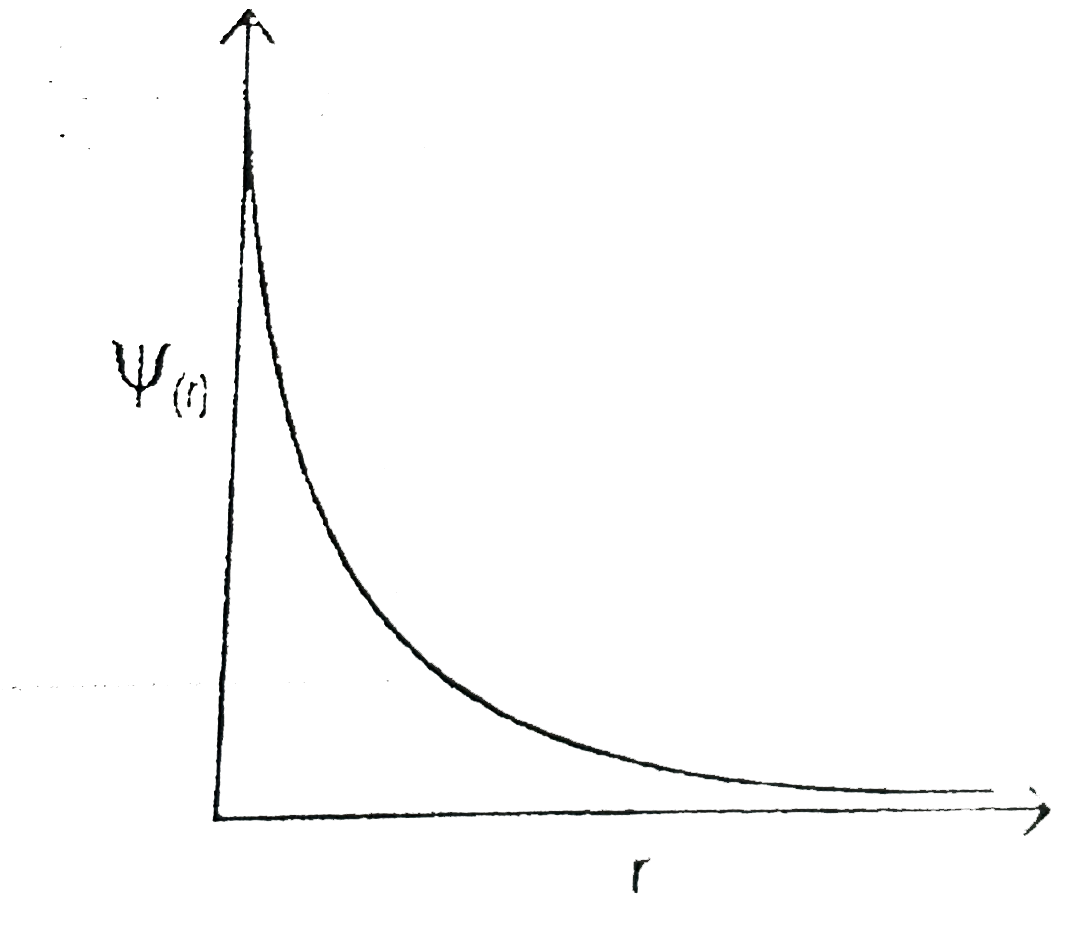An orbital has only positive values of wave friction at all distnaces from the nucleus. Find th value of (n+l) for this orbital.
The correct Answer is:1
1
It is orbital
Topper's Solved these Questions
- BOOK - FIITJEECHAPTER - STOICHIOMETRY AND BALANCING REDOX REACTION EXERCISE - SINGLE INTEGER ANSWER TYPE QUESTIONS5videos
STOICHIOMETRY AND BALANCING REDOX REACTION
- BOOK - FIITJEECHAPTER - THERMODYNAMICS AND THERMOCHEMISTRY EXERCISE - SINGLE INTEGER ANSWER TYPE QUESTIONS5videos
THERMODYNAMICS AND THERMOCHEMISTRY
Similar Questions
Knowledge Check
- Question 1 - Select One
For 4s-orbital, m has the value
A2B4C−1D0 - Question 2 - Select One
For an orbital the graph between ψ(r) and r (distance from nucles) is :

Find the value of n+l of the orbital.A1B2C3DNone of these - Question 3 - Select One
N+1 value of the 6p orbital is :
A2B8C7D3
What are the values of n and l for 4d orbitals ?
View SolutionWhat are the value of n, l and m for 2p-orbitals ?
View SolutionAn atomic orbital has n=3, what are the possible values of l ?
View SolutionIn an orbital electrons are filled according to Aufbau principle, Pauli's exclusion principle and Hund's rule of maximum muliplicity .
According to Aufbau principal the orbital are filled in order to their increasing energies . In the order of increase of energy of orbitals cna be calculated from (n+l) rule. Lower the value of (n+l) for an orbital the lowest energy hence orbital are filled in order of increasing (n+l) value. If two orbitals have same (n+l) value, the orbital with lower value of 'n' has lower energy hence it is filled first.
According to Pauli's exclusion principle, an orbital can have maximum two electrons with opposite spin.
According to Hunds rule pairing of electron in degenerate orbitals of the same sub shell does not take place until each orbital belonging to that sub shell has got one electron each i.e., singly occupied.
If n=4, how many element are possible?View SolutionIn an orbital electrons are filled according to Aufbau principle, Pauli's exclusion principle and Hund's rule of maximum muliplicity .
According to Aufbau principal the orbital are filled in order to their increasing energies . In the order of increase of energy of orbitals cna be calculated from (n+l) rule. Lower the value of (n+l) for an orbital the lowest energy hence orbital are filled in order of increasing (n+l) value. If two orbitals have same (n+l) value, the orbital with lower value of 'n' has lower energy hence it is filled first.
According to Pauli's exclusion principle, an orbital can have maximum two electrons with opposite spin.
According to Hunds rule pairing of electron in degenerate orbitals of the same sub shell does not take place until each orbital belonging to that sub shell has got one electron each i.e., singly occupied.
The electron identified by quantum number n & l
(i) n = 4, l = 1 (ii) n = 4, l = 0
( iii) n = 3, l = 2 (iv) n = 3, l = 1
can be placed in order of increasing energy from the lowest to the highest asView Solution

